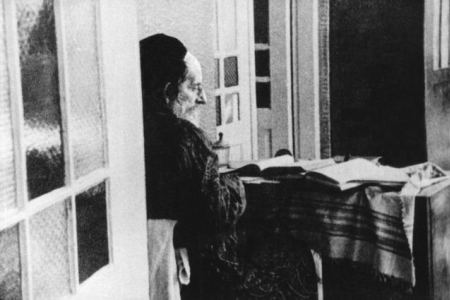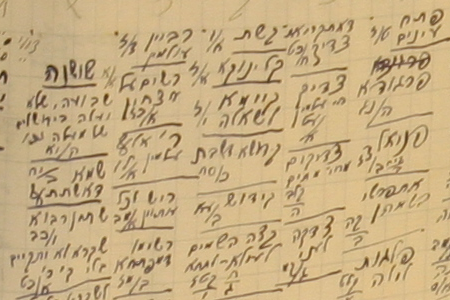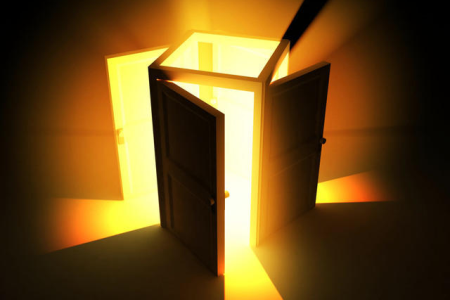Why Kabbalah Was Hidden Until Now
For 2,000 years, the study of Kabbalah was forbidden to women and men under age forty, and there was a reason for this restriction. In fact, all the books of Kabbalah, including the Torah (the Pentateuch), were written only for our time, when everyone needs to practice the science of Kabbalah. What we should all do now is open the Kabbalah books and begin to learn how to attain the upper world.
What Kabbalah Is and Isn’t
Kabbalists have expressed their frustration at the fact that we are still not using the study of Kabbalah as a springboard for the attainment of the upper worlds, since that is the one key to the gate of spirituality, the knowledge and the understanding of the wisdom of the upper world, which means eternal life, happiness, wholeness, and bounty for all humankind
Kabbalah is a science with clear and concise laws that must be studied. It has no connection with charms and blessings and other things that are done in its name, originating in the time Kabbalah was concealed from people and ascribed magical forces. The books of Kabbalah clearly explain what steps we need to take to acquire that knowledge.
The special thing about genuine books of Kabbalah is that they are suitable for all and contain the connection between the soul of the person who is studying them and the upper worlds, from which that person’s soul originates. The books direct us to develop in our own unique way, according to our inner structure and the root of our souls. This is much like the way a person chooses a profession in our world— according to personal character and the inclination of his or her heart.
Continue reading “What Kabbalah Is, Isn’t, and Why You Simply Can’t Live Without It”



